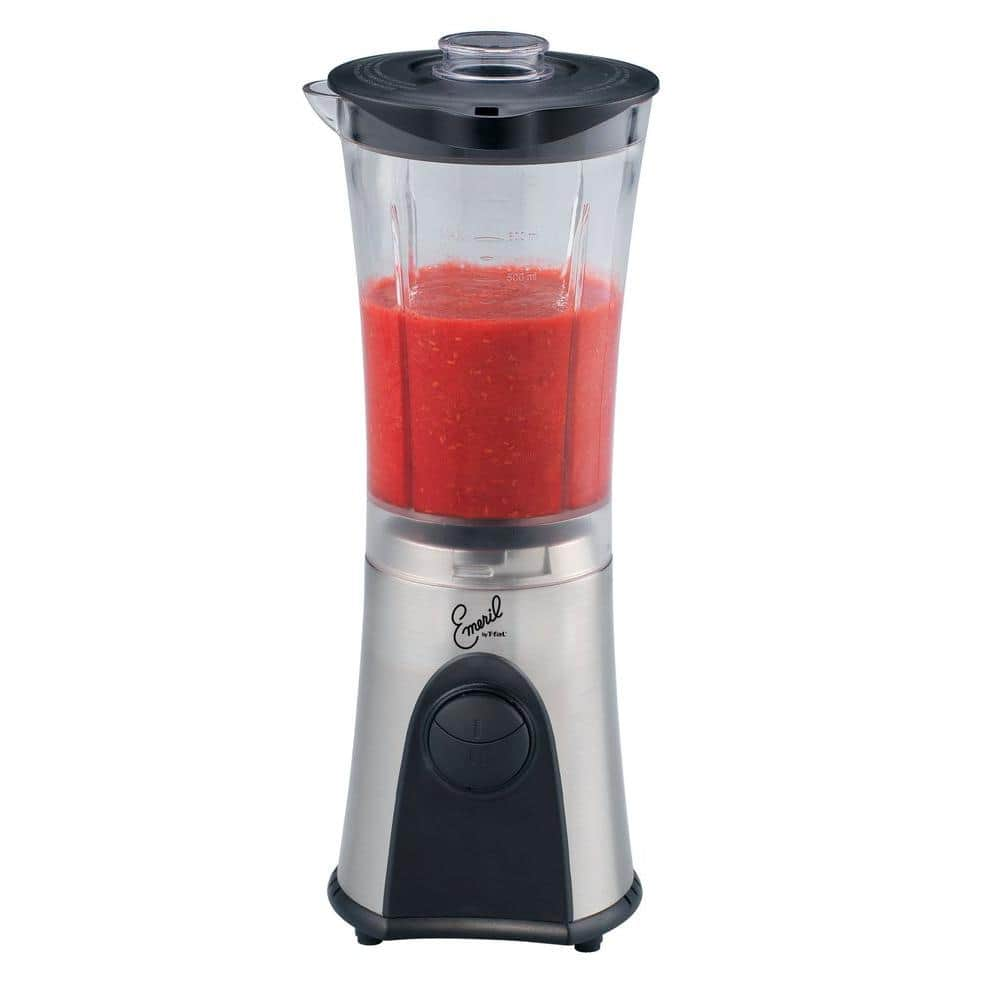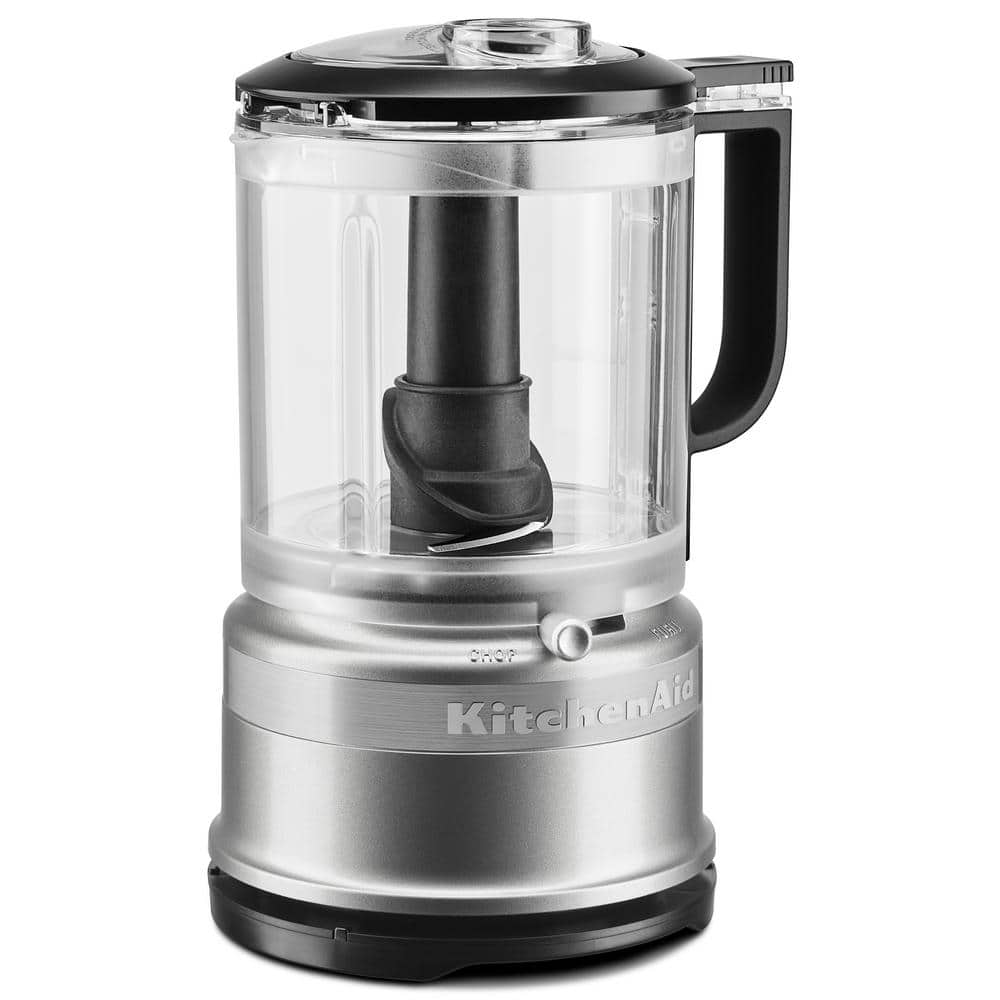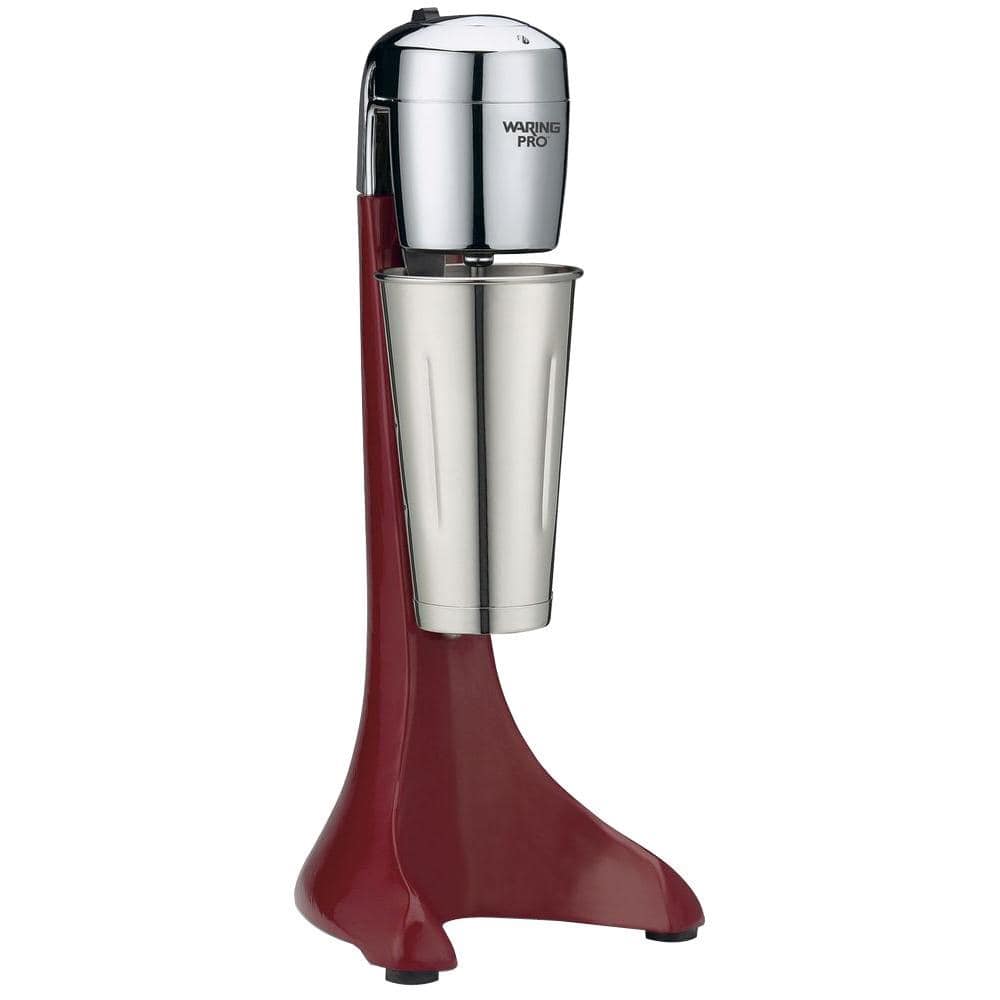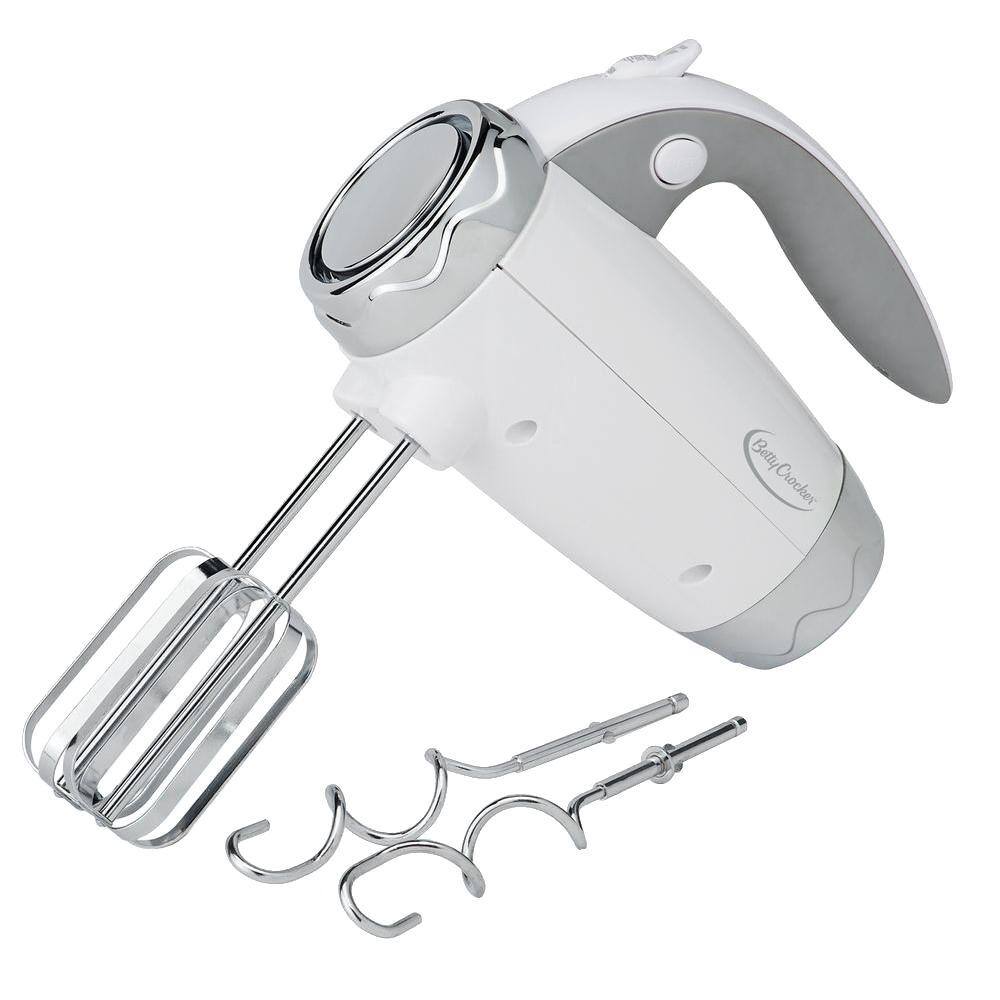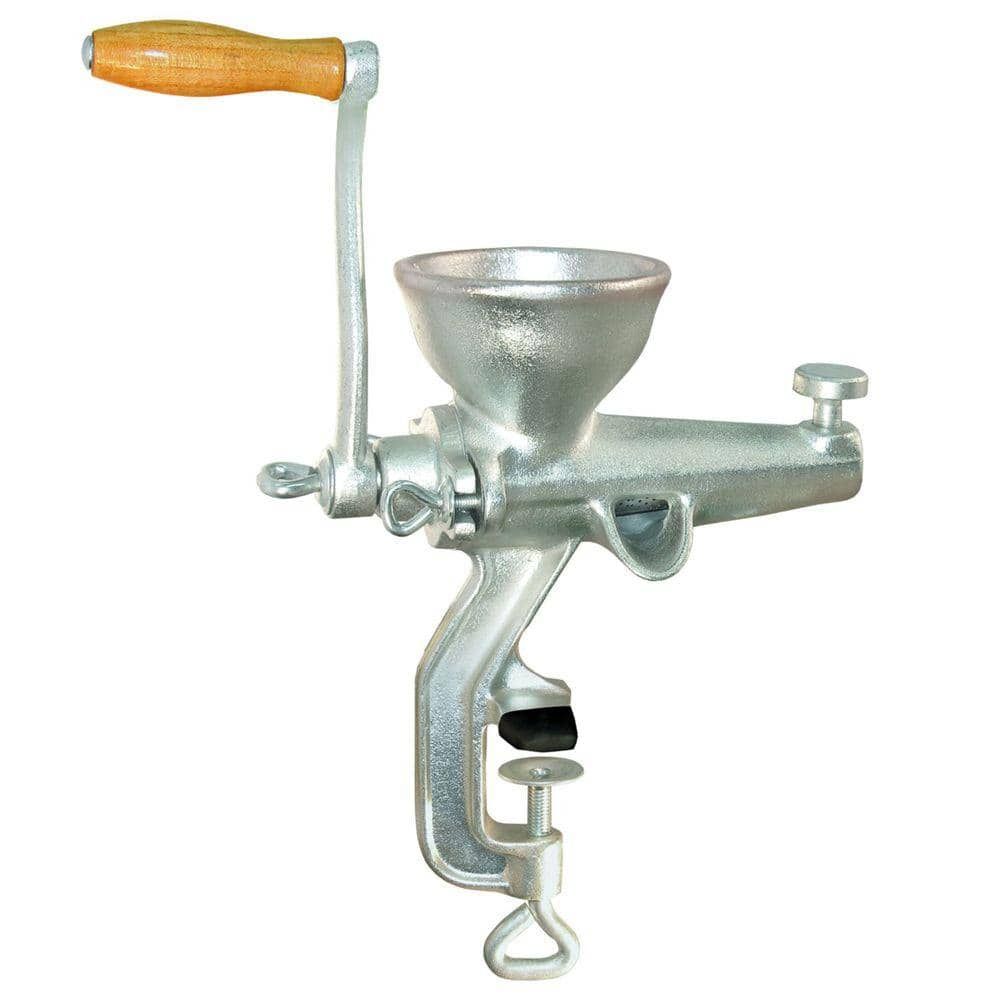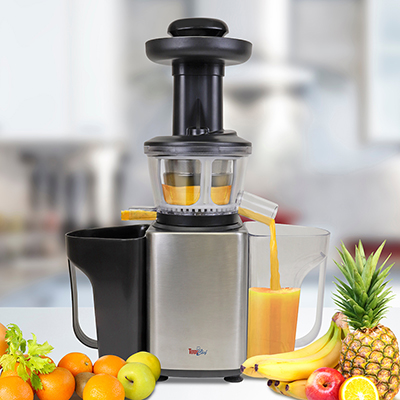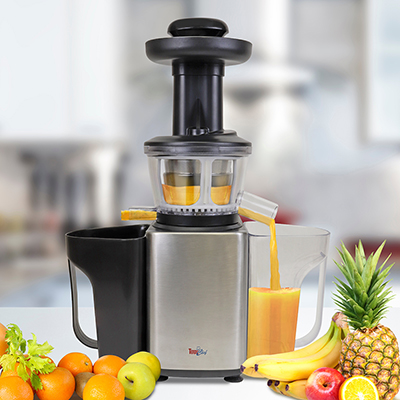Blender vs. Food Processor

Published January 10, 2024
Food processors and blenders help speed up your daily cooking tasks. They both have varied features and cross-over functions. This guide explains the differences between food processors and blenders for your kitchen needs.
Table of Contents
Difference Between Food Processors and Blenders
Overview of Food Processors
Food Processor Size
Food Processor Accessories
Overview of Blenders
Blender Container Material
Difference Between Food Processors and Blenders

How do you know which tool is best for your kitchen creations? Blenders are made to grind and puree and that's where they excel. While a food processor makes smooth purees, they're not quite as fine as a blender puree.
The food processor is versatile in that it can also be used for slicing, grating, shredding and dicing.
When considering purchasing a blender vs. a food processor, keep this guideline in mind: A blender is the best choice if you're making something you can drink, like a milkshake or soup. Choose the food processor if you'll eat the final product with a fork or spoon.
Look for these features in both food processors and blenders:
- Pulse button: Programmable control that gives you more control over making iced drinks and sorbets (in blenders) and breaking down tough ingredients (in food processors).
- Detachable: While not a feature of all food processors, all blenders detach from their base for emptying contents.
- Motor size: Motor power determines the quality of speed in these appliances, averaging 300 to 600 watts, though some food processors and blenders can go up to 1,300 watts.
- Speeds: Variable speeds available on these appliances put less stress on motor during use.
- Dishwasher safe: Parts of these appliances unfasten for cleaning in dishwasher.
- Feed tube/center cap: Allows you to add ingredients throughout the food processing or blending session.
Overview of Food Processors

Food processors are used for slicing, dicing, chopping, shredding and grating foods from vegetables to meats and cheeses. They can grind bread into fine crumbs, too. It's useful to have a food processor in your kitchen, even if it's a manual type that you store in a drawer instead of on the kitchen counter.
Food processors come in two formats: hand-operated and electric. These designs can come in various sizes with many attachments for you to use in order to get your food minced, chopped and sliced quickly for cooking.
Hand-Operated Food Processor:
- Smaller appliance with rotary hand-turn operation.
- Inexpensive and convenient.
- Main functions are chopping, dicing and slicing.
- No electricity needed, great for outdoor use.
- Easy to manage small batches.
Electric Food Processor:
- Most common food processor, requires an electric outlet.
- Handles tasks faster than hand-operated because of powerful motor speeds.
- Typically attached with feeding tube.
- More attachment options for cooking a lot.
- Puree and mincing for large batches.
Food Processor Size

Food processors typically come with a clear plastic mixing bowl, a lid and an S-shaped chopping blade. Here are a few details about the different sizes:
- Mini Food Processor: This size holds just 1 to 2 cups and is great for minor yet efficient food preparation.
- Full-Sized Food Processor: Larger, more advanced food processors chop more contents and will have a feeding tube with a push stick, additional blades for different uses and safety features.
Tip: Use a feeding tube with any size food processor to save on prep time when cooking larger recipes and shred large amounts of produce.
Food Processor Accessories

Blades typically sit at the bottom of the food processor, while discs that mix, shred and grind foods, liquids and produce are inserted closer to the top of the bowl. A smaller, entry-level unit will include the standard slicing or shredding disc while mid-level and premium food processors include several disc attachments.
- Slicing Disc: Thinly slices vegetables and other produce for several uses in cooking.
- Shredding Disc: Halves and shreds herbs, fruits and vegetables into fine, thin strands.
- Julienne Disc: Quickly cuts thicker foods into sticks. Best if used with a feeding tube.
- Grating Disc: Cuts cheese and other produce into very fine pieces.
- Dicing Disc: Cuts vegetables into small square dice bits.
- Brunoise Disc: Grates and dices produce into small pieces perfect for garnishing soups or salads.
- Whipping Disc: Spins spices and other ingredients to thicken liquids for sauces or dips.
- Crimping Disc: Cuts waves into a variety of sliced vegetables.
- Pulping Disc: Slices produce into pulp style for an extra touch in juices or meals.
Overview of Blenders

Blenders are versatile kitchen appliances. They blend and puree ingredients to a smooth consistency. Blenders will crush ice. If you make smoothies, cocktails or mocktails, you'll need a blender in your kitchen.
If you're concerned about a countertop blender taking up too much space in your kitchen, consider a stick or immersion blender. These convenient appliances let you puree soups right in the pot.
- Smaller, compact appliance often referred to as a stick blender or hand blender.
- Inexpensive and convenient blender model.
- Main functions are blending, pureeing and mixing small amounts.
- Available in electric or cordless power.
- Accessories are optional.
Jar Blenders:
- Most common blender stationed on a counter, can act as an all-in-one unit.
- Handles multiple tasks and functions because of larger blade foot.
- Additional functions include juicing, food processing and chopping large batches.
- More attachment options for cooking a lot.
- More functions, not more speeds, the higher the cost.
Tip: Personal blenders are models with a detached, on-the-go cup container. They can be used with an immersion or jar blender.
Blender Container Material

When deciding between a food processor or blender, think about what foods you prepare most often. Choose a blender if much of your food prep will be liquefied.
- These are the least expensive blender containers. They are lightweight and best for on-the-go smoothies and drinks.
- If you’re blending larger ingredients – large ice, vegetables, fruits, solid foods – glass blender containers are more durable and do not absorb colors or odors from added contents, making them easier to clean.
Stainless Steel Blender Container:
- A stainless-steel blender container is heavy-duty and long-lasting.
Blender Accessories

When it comes to blenders vs. food processors, it can seem like blenders have more functions and food processors have more accessories. The following are popular accessories for blenders.
- Single-Serve Cup: An accessory from the personal blender models, this is an on-the-go cup that you can remove from the blender base and take with you.
- High Speed Blade: This blender accessory liquefies and purees the toughest ingredients. Can also crush ice.
- Shredding Disc: Also referred to as a grating disc, it's typically found in the best blender and food processor combo. You will need a disc adapter to secure it to the top of the blender container and a feed tube to push foods through to the blender.
Blender and Food Processor in the Kitchen

If you're serious about cooking, you'll get use out of both a food processor and a blender.
To understand blenders vs. food processors, you need to know that each appliance excels at different tasks. Blenders are best for liquids, and food processors are best for chopping and slicing.
Depending upon what you like to cook, you'll find uses for both in your kitchen.
Blenders are best for:
- Making smoothies, mocktails and cocktails
- Crushing ice
- Pureeing soups and making baby food
- Grinding nuts
Best uses for a food processor:
- Chopping vegetables
- Making dough
- Kneading dough
- Shredding and grating ingredients like cheese
Keep in mind there are small space options for both food processors and blenders. You can have an inexpensive immersion blender for pureeing soups and a hand-operated food processor to speed up chopping tasks. A dedicated blender with smoothie capability can streamline your healthy morning routine. Shop for the product that best suits your cooking style.
Small kitchen appliances take on a big role in today’s modern kitchen. They simplify difficult tasks and take your culinary expertise to the next level. This guide to buying a food processor or blender for your kitchen gives you the information you need to help you feel confident picking one out today. The Home Depot delivers online orders when and where you need them.
